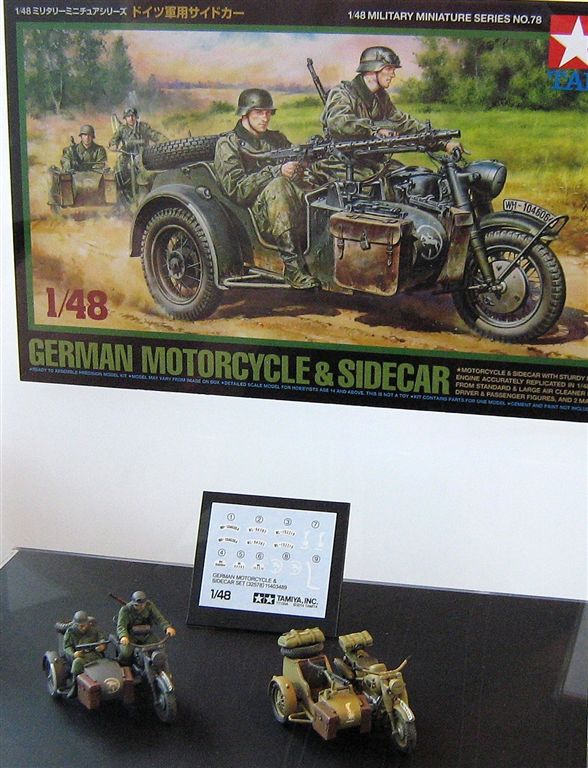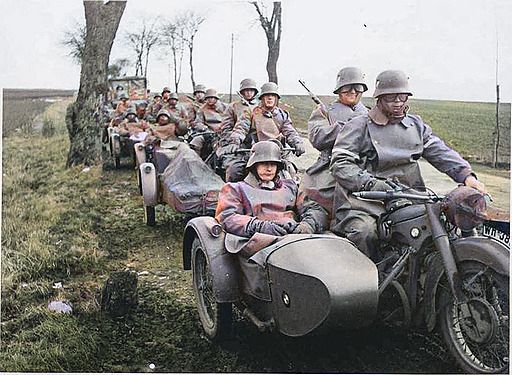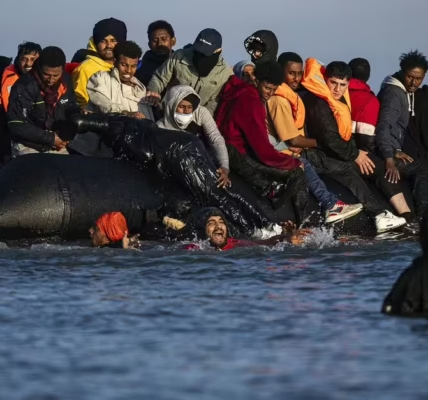
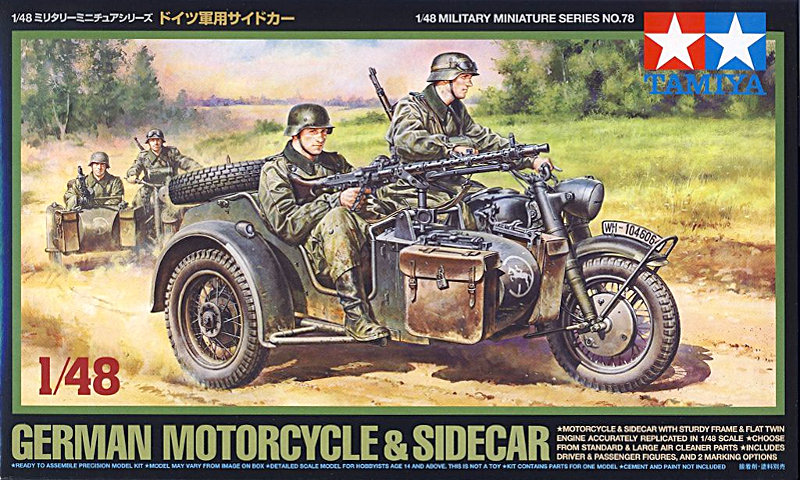
Interesting facts about the original: Germany paid a high price for losing World War I. The Treaty of Versailles limited its troop strength to 100,000 soldiers, and it was forbidden to develop tanks or armored vehicles. Therefore, the mechanization of the German Army focused on the use of trucks and motorcycles, whose civilian versions required little or no modification for military use. By the mid-1930s, motorcycles were no longer limited to the role of liaison vehicles; instead, they were manned by mounted soldiers, and when the war broke out at the end of the decade, they played a key role at the front.
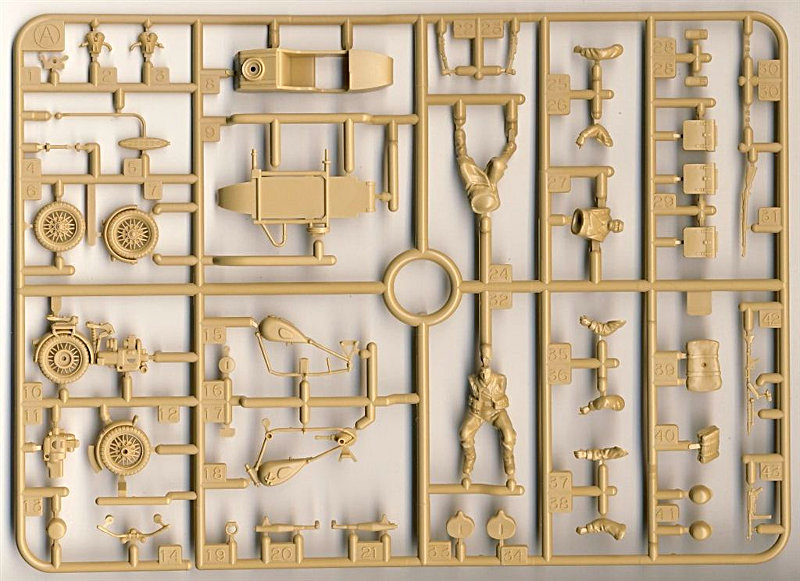
The German Wehrmacht divided motorcycles into three groups: small (under 350cc), medium (up to 500cc), and large (over 500cc), with the latter also having sidecars mounted. Although a number of motorcycles were used, one stood out: a 400kg motorcycle with a 746cc boxer engine, whose 26 hp propulsion accelerated the motorcycle to 95 km/h. With its reverse gear and the sidecar drive, two wheels were driven, making the motorcycle very suitable for off-road use.
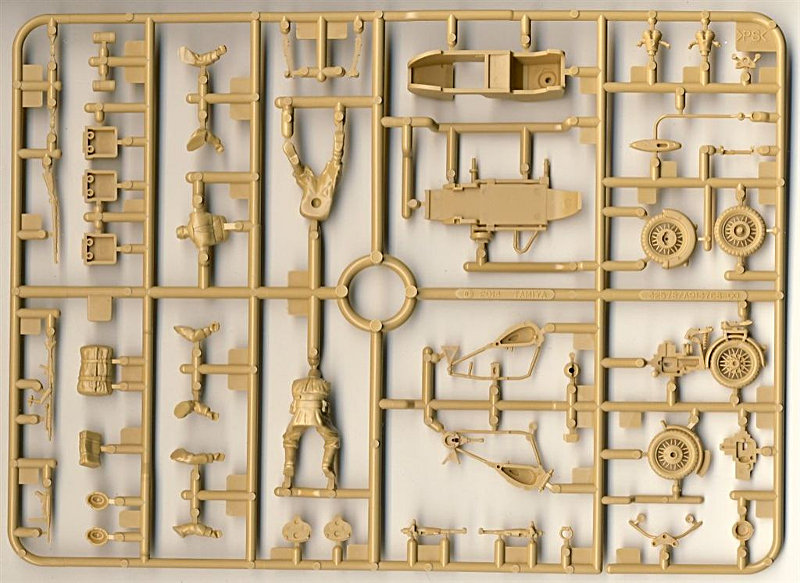
This power and guaranteed top speed ensured that the reliable motorcycle with its sidecar was always in demand. Its fearless riders raced over sand, mud, and snow to deliver messages, scout enemy positions, transport supplies, and rescue the wounded. If necessary, they could be equipped with an MG34 or MG42 and thus participate in offensive operations.
About the model: At this year’s Nuremberg Toy Fair, I discovered a welcome new addition to the 1/48 Military Model News section of the Tamiya booth. Finally, a German motorcycle with a sidecar is available in a smaller military model scale. Consisting of only a few components, the kit, as always, impresses with its excellent detailing and clean plastic injection molding. The kit also includes two driver figures with their weapons and equipment.

The new kit is delivered in a small, practical slip-case with excellent illustrations. The kit includes approximately 48 components, spray-painted in beige, a small decal sheet with markings for two deployment variants, and assembly instructions. Thanks to the two-page, very clear assembly instructions (with detailed color specifications for Tamiya paints), assembly should pose no difficulty for both beginners and advanced modelers.
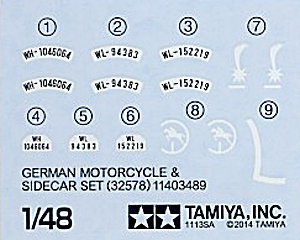
Conclusion: Finally, a motorcycle with a sidecar is coming to the local 48-scale model market!
Thanks go to Kristian Fischer from Dickie-Tamiya Modellbau GmbH & Co.KG for providing the motorcycle with sidecar sample.
Andreas Eichendorff, Berlin (April 2014)

